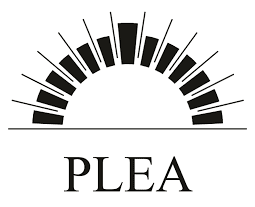There are now more than four million refugees living in camps around the world. The majority of such camps are within inhospitable environments, often with extreme climates. This paper focuses on the thermal conditions of shelters in the Azraq refugee camp (Jordan), subject to an arid climate with high temperatures during the hot season. Due to political and other sensitivities, whole-, or multi-year monitoring of occupied shelters—and hence the empirical determination of overheating—is difficult. Instead, internal conditions in the shelters were monitored for three weeks in summer and used to validate computer models of the accommodation. These models were then used to generate annual predictions of overheating assessed through overheating criteria based on thermal discomfort and physiological indicators of heat stress. Building on these results, the performance of alternative designs specifications or shelter operation strategies were investigated through parametric analysis. The results show maximum indoor temperatures over 45°C. Overheating thresholds were exceeded for more than 20% of the year and physiological indicators suggest the possibility of health-threatening conditions. The use of alternative designs and strategies reduced overheating to nearly 2% of the year, with a steep reduction of severe heat stress indicators.
Overheating and health risks in refugee shelters: assessment and relative importance of design parameters
This entry was posted in Conference Paper. Bookmark the permalink.

